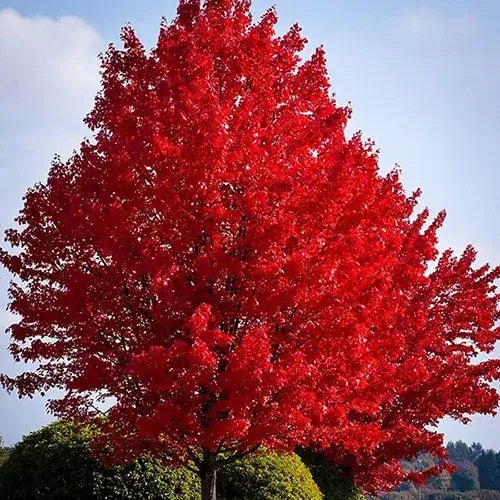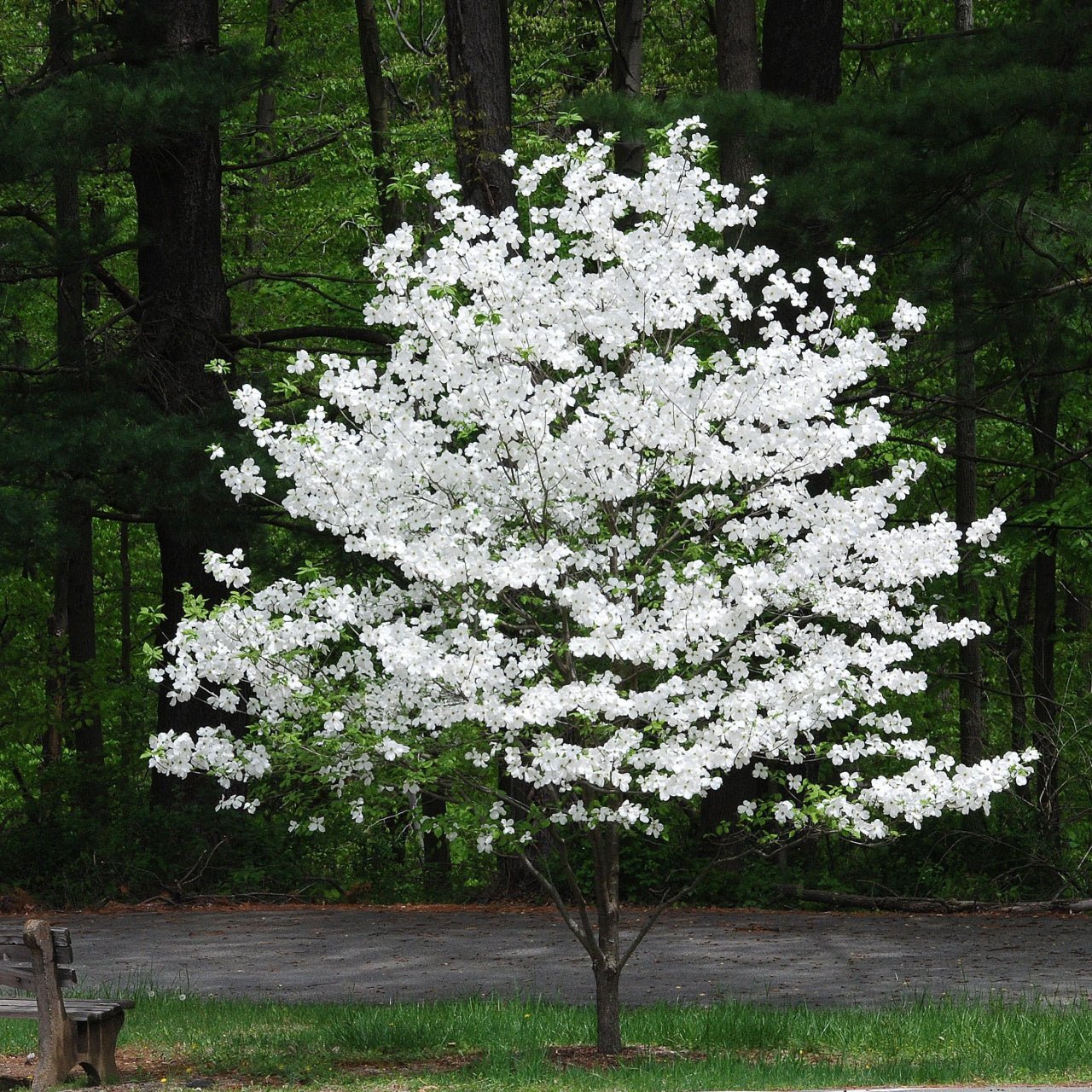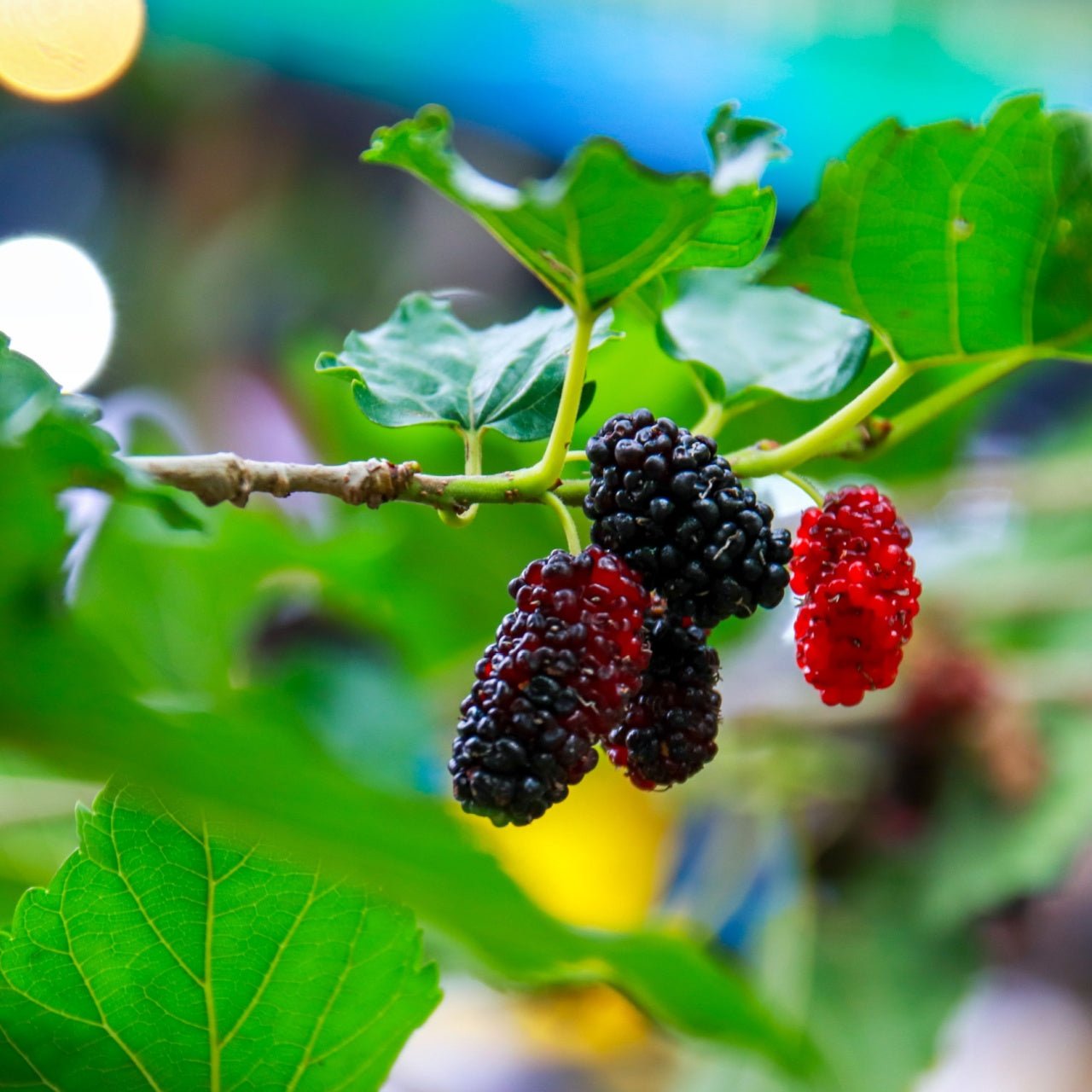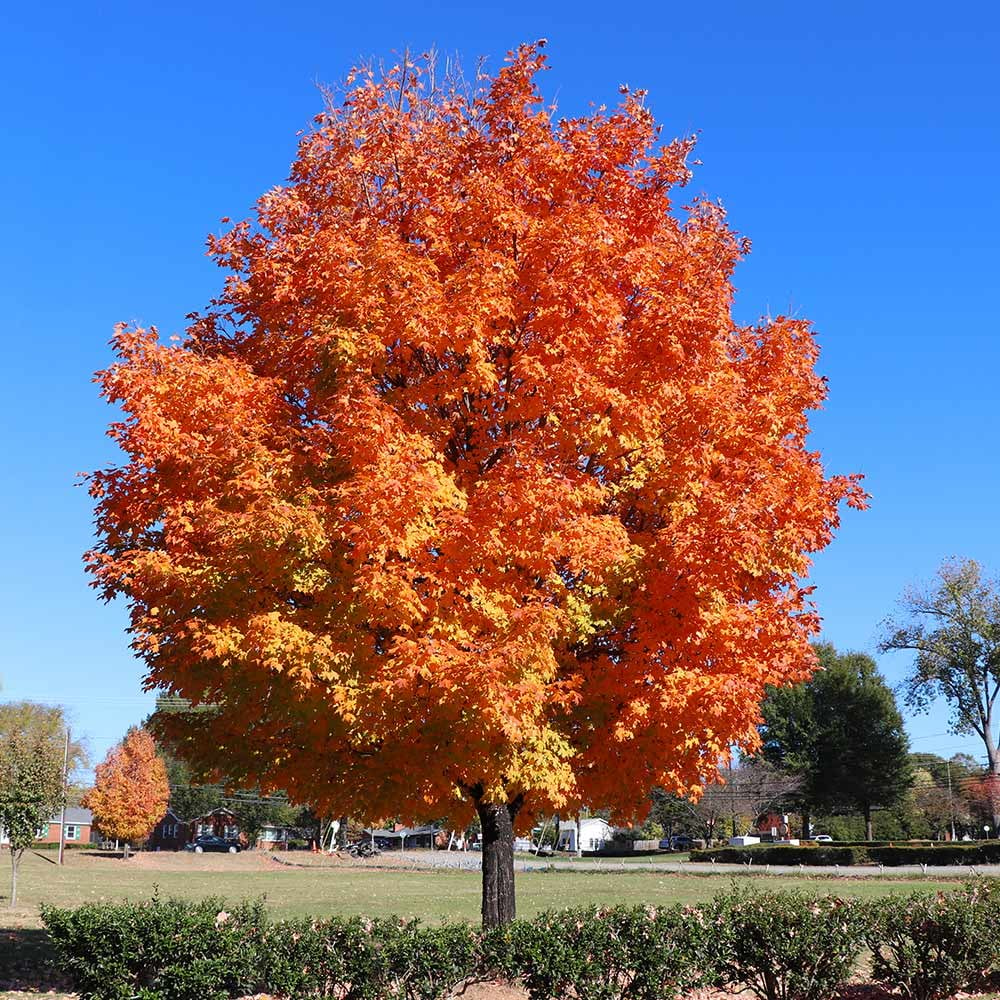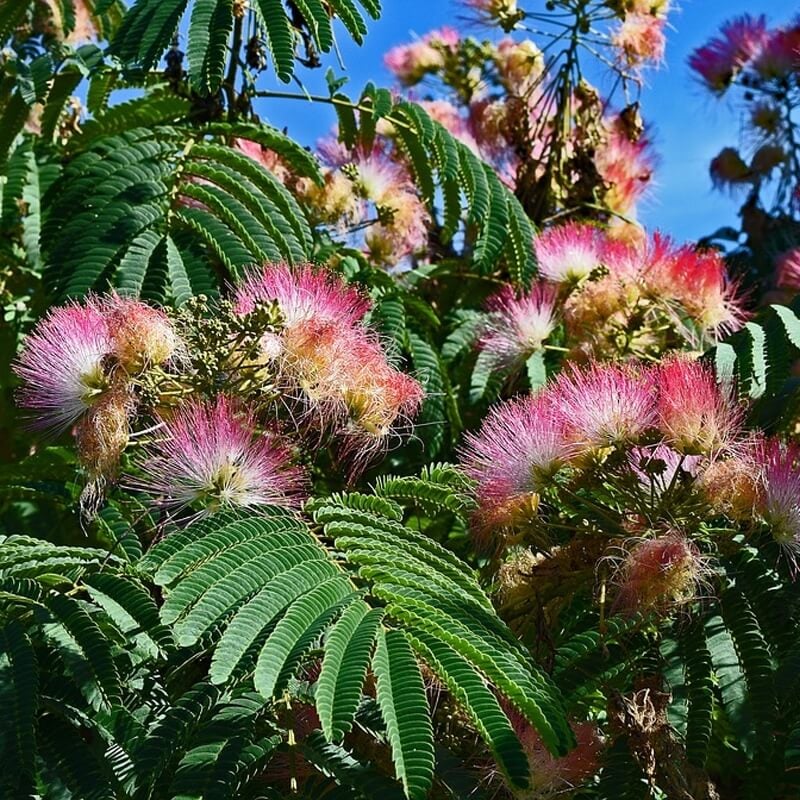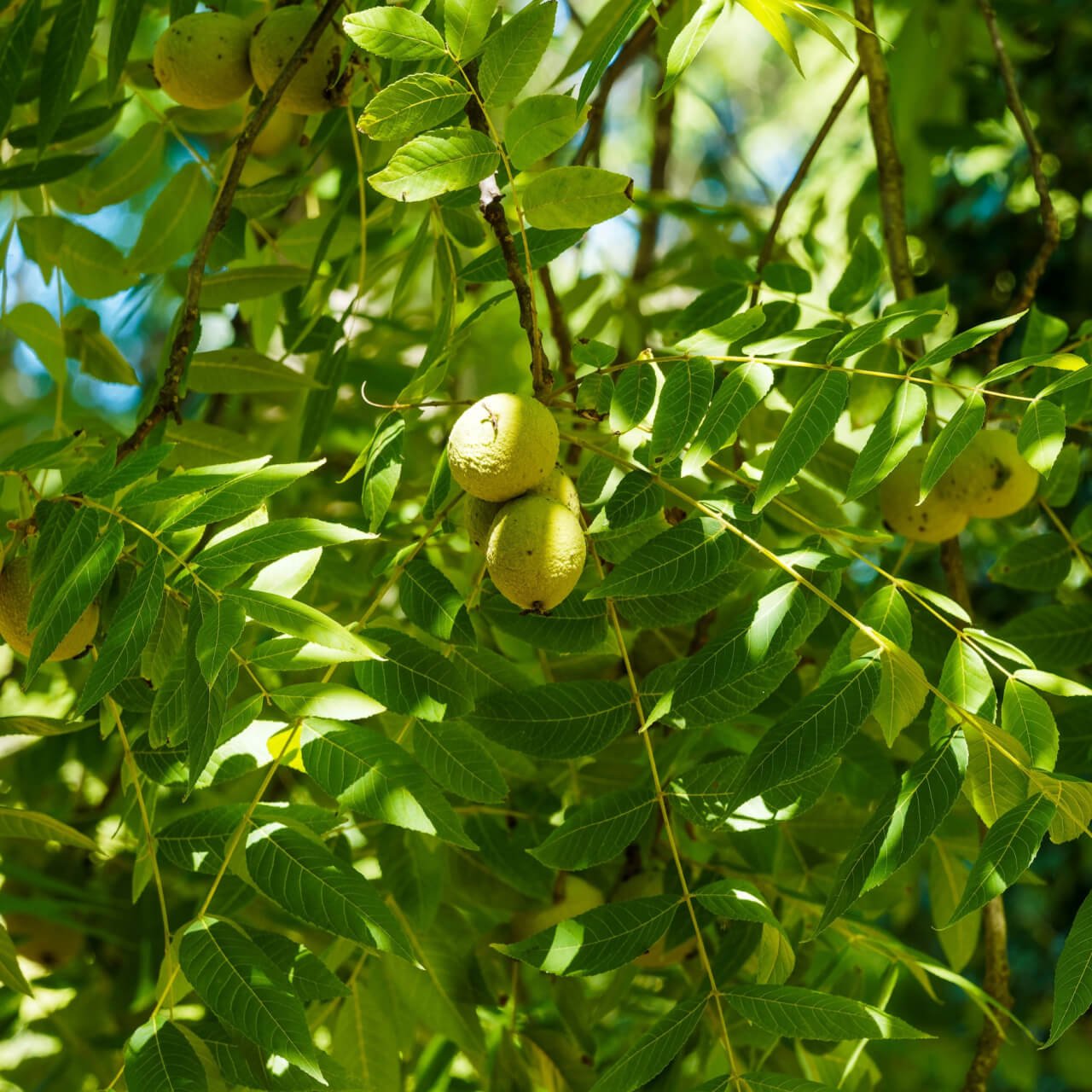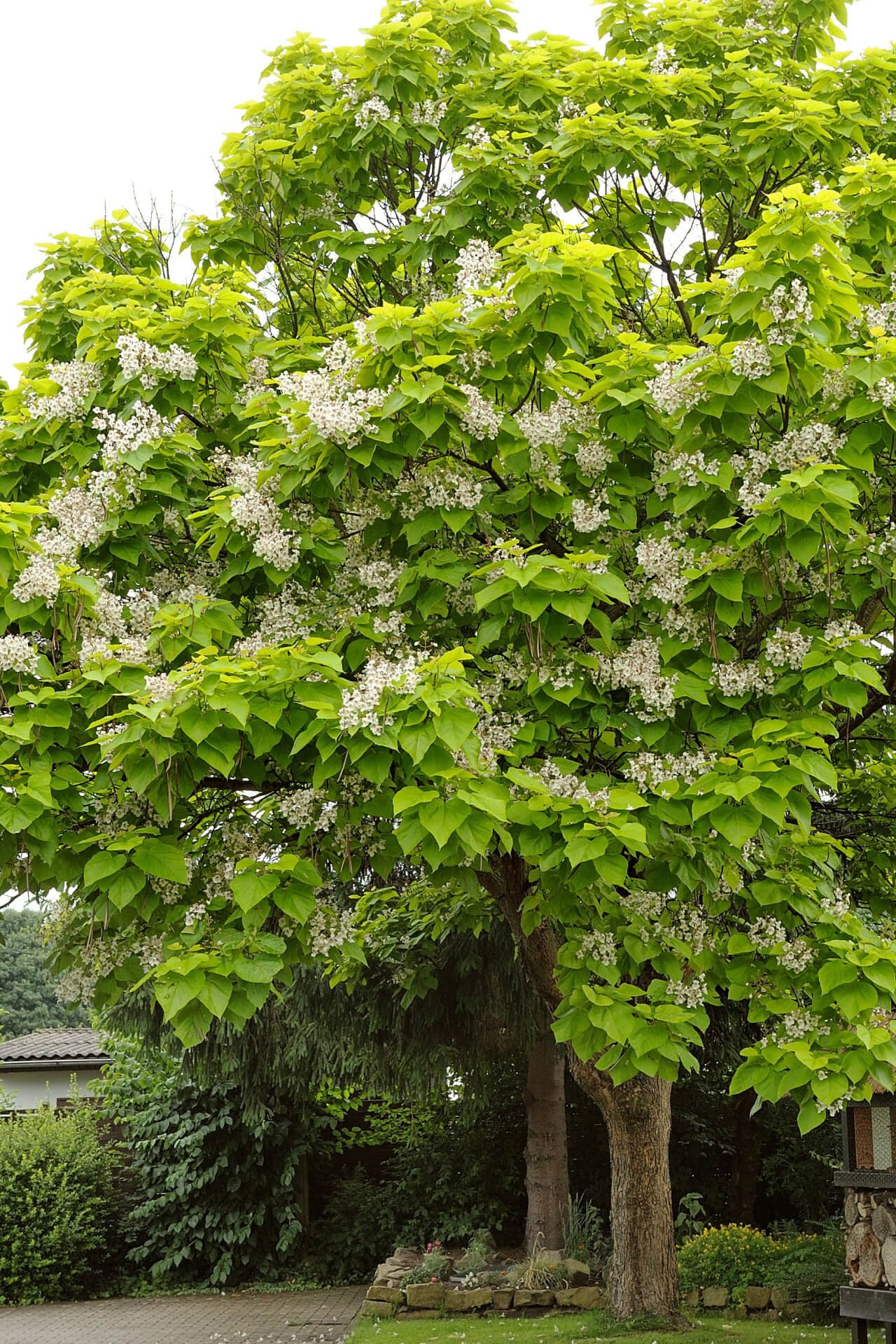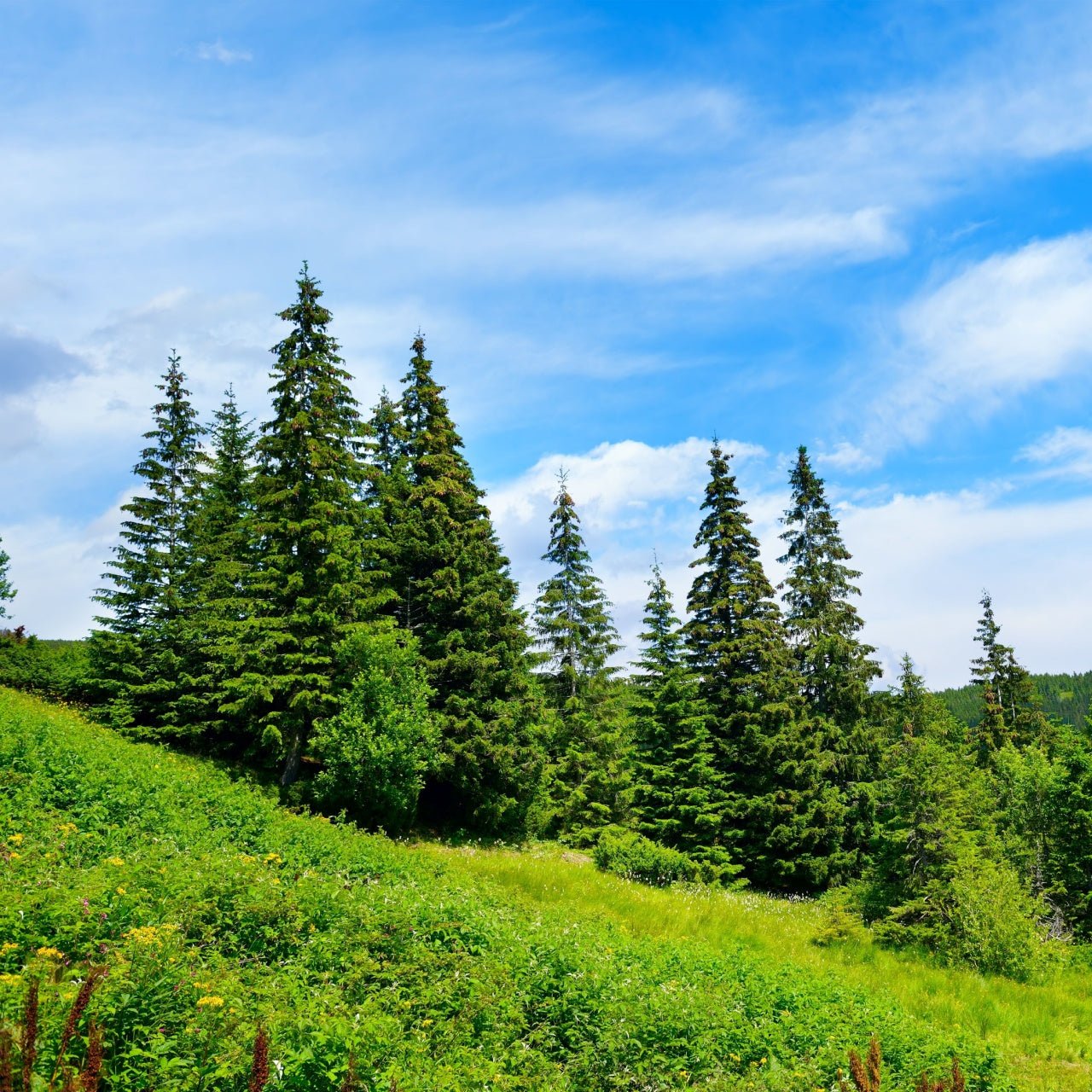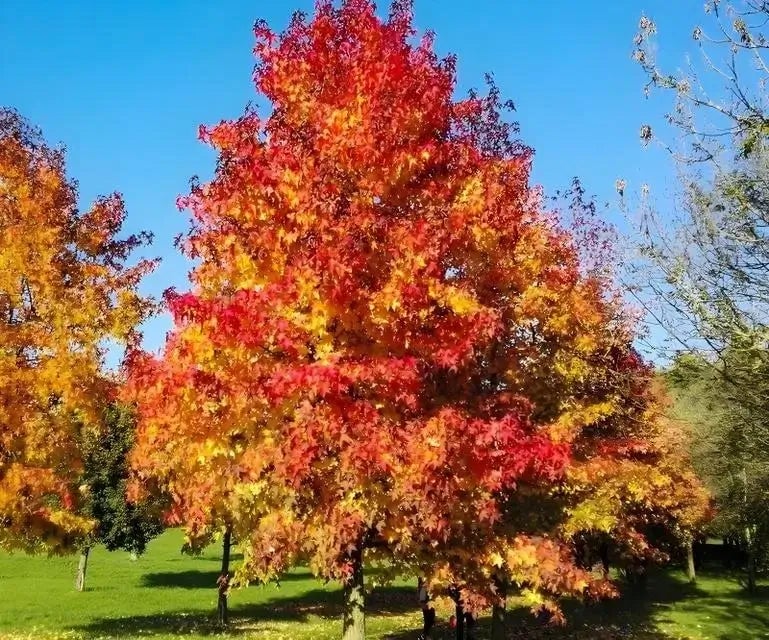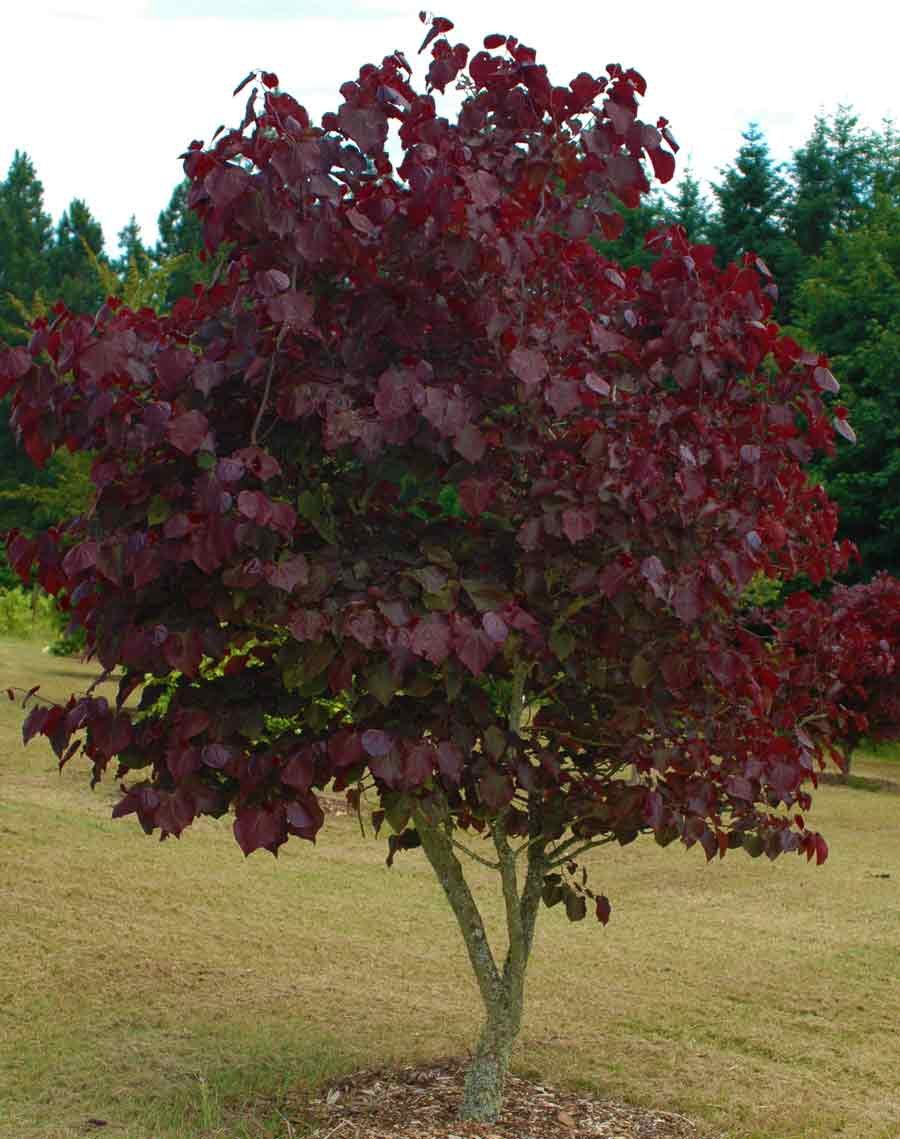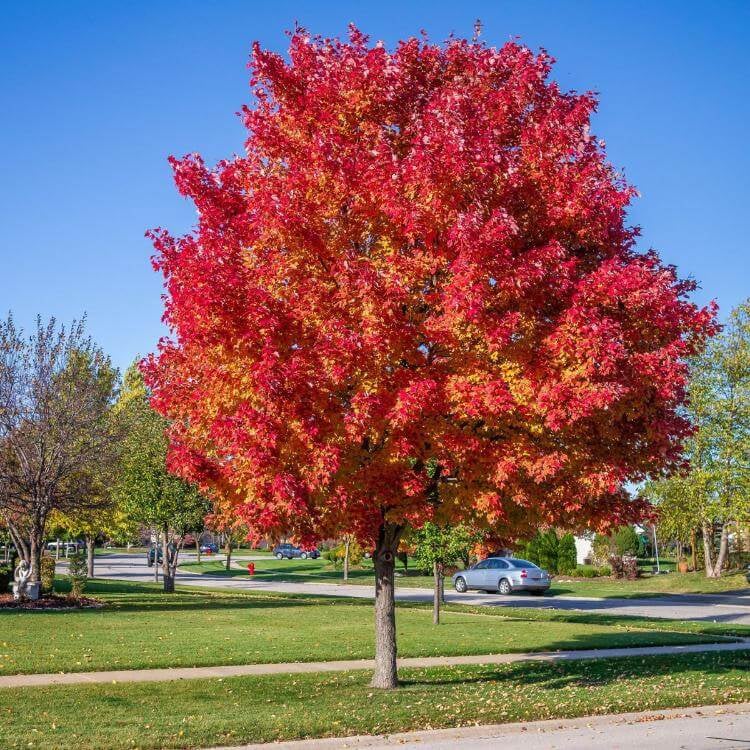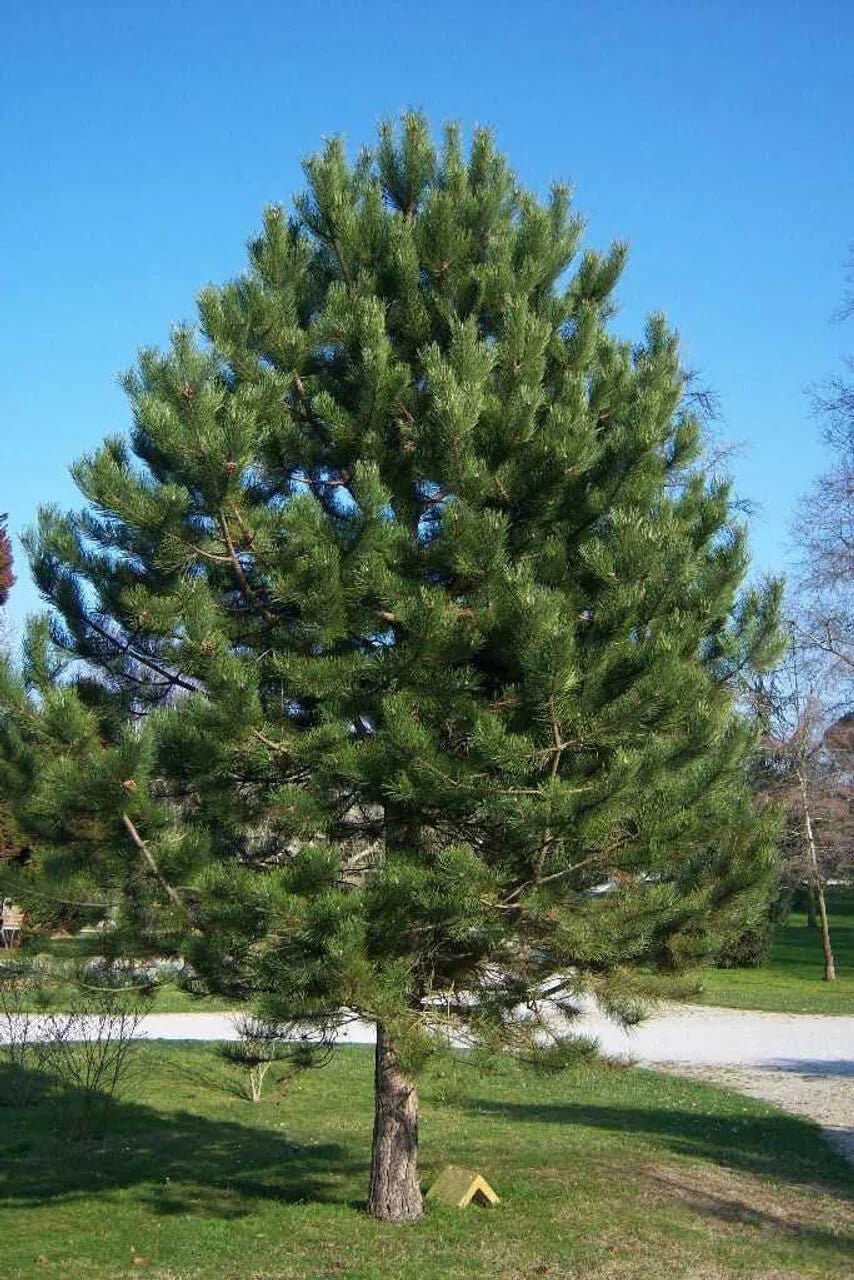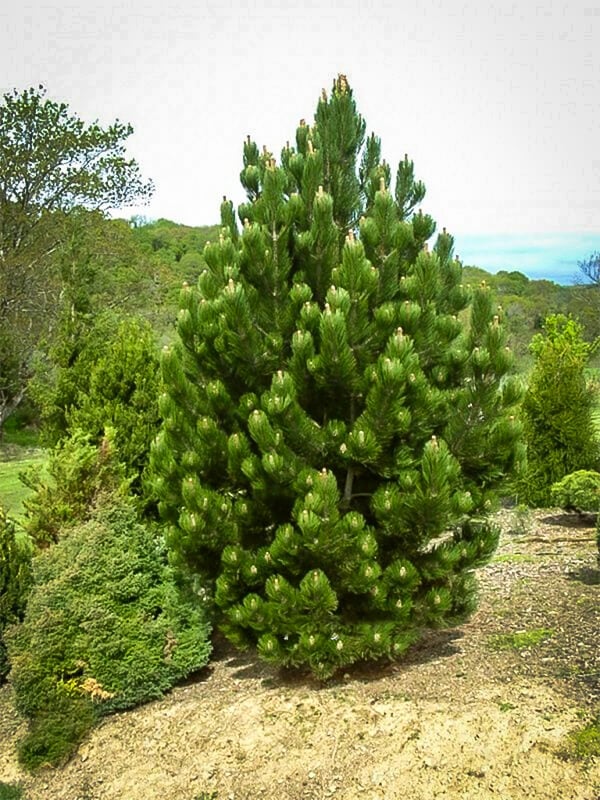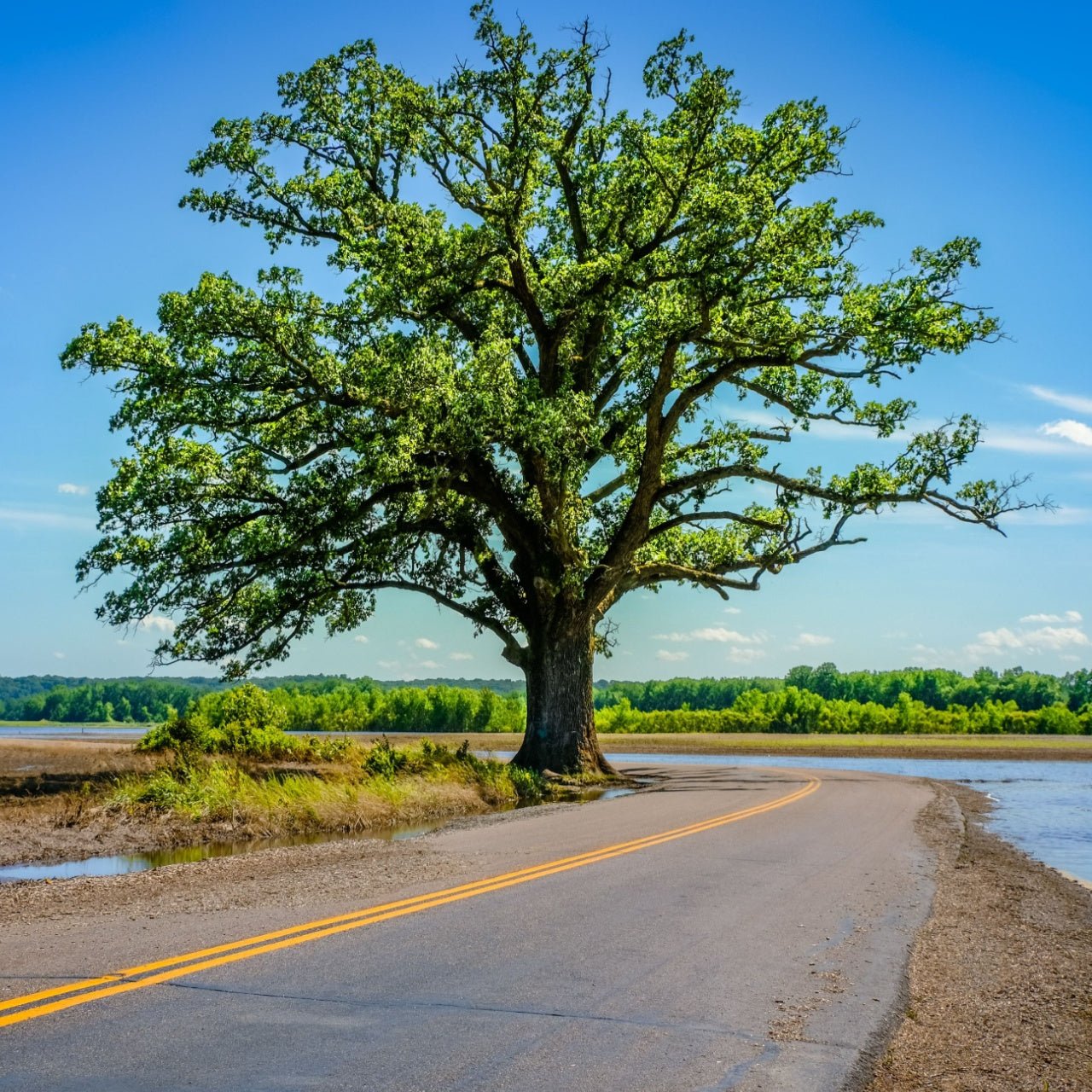Filters
How to get Instant Attractive Landscaping in less than 5 years
Fast-growing trees are perfect for new homes wanting a quick-finished landscape. Are you in need of some foliage to truly make it feel like "home"? Since it's a new development, you can decide what you want for your property, how you want it to look, what plants or trees to get, and truly design your own landscaping.
Choosing Fast-Growing Tree Varieties
Your first order of business is to decide what nursery plants you can choose from to quickly develop the look you want for your yard. The most popular are silver maple trees, red maple trees, empress trees, and hybrid poplar trees.
Learn more about these trees so you can determine what works best for your property.
Silver Maple Trees
Silver Maple trees are among the most common trees in America. They are known for being fast-growing deciduous trees that grow to heights of 50-80 feet and have a 50-foot spread. The beautiful leaves shimmer in the sunlight during the spring and summer months and turn vibrant yellow, red, and orange in the fall. The silver maple is quite tolerant of urban areas and is often planted along roadways.
Red Maple Trees
Red Maple trees are similar to silver maple trees, yet with a few differences: the red foliage that occurs during the warm summer months turns to a beautiful golden color that lasts throughout the fall. They are smaller than the silver maple, with a mature height of 40 feet and a 20-30 ft. width. This tree is adaptable and can be planted just about anywhere.
Empress Trees
Empress trees can grow anywhere, even in polluted soil. The sapling can be cut down to the ground and, in the spring, shoot up 15 feet in a year and another 10 feet in the second year. Its mature height reaches about 50 feet, and it does best if not in the shadow of another tree.
It has beautiful attributes year round, with furry pea-size buds in the winter, purple fragrant blossoms in the spring, and foot-wide, broad leaves in the summer. It offers fantastic shading properties and easy clean-up in the fall. It is a thorny tree and quite resistant to pests and disease. It doesn't require a lot of water and is beneficial to the environment, exchanging polluted air for enriched oxygen.
This tree is also fun and "grows" with your child, as in its native land of China, where the tree is planted when a daughter is born and matures at the rate she does. What a neat custom you can adapt for your children as you start out in your new home.
Hybrid Poplar Trees
Willow hybrid trees are another one to consider when designing your new landscape. These adaptable, disease-resistant trees can form a nice "wall" that extends up to 45 feet if planted in rows or 75 feet if planted alone. They grow about 6 feet a year and fill out completely, offering much privacy.
Since these grow quickly, they add value to the property that desires to hide any unsightly views. Despite being deciduous, even in the winter months, their hedge-like nature will continue to provide great wind blockage.
These fast-growing trees offer the new homeowner plenty of options when considering their landscaping needs as they look at each of these nursery plants' attributes. As the years go by, you will enjoy any of these trees as they grow with your family. The memories, however, are supplied by you.


